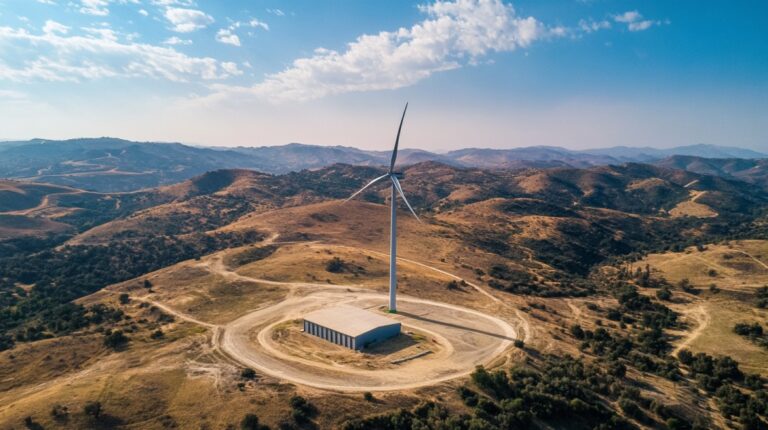Breaking down the cost of a commercial wind turbine reveals financial complexity hidden behind the rotating blades. Clarity on every dollar spent helps developers, investors, and policy makers make better decisions.
Knowing the full lifecycle cost is crucial for budgeting, risk analysis, and long-term planning. Skipping critical elements like installation, insurance, and end-of-life costs can skew projections.
Turbine pricing in 2025 reflects gradual inflation, supply chain volatility, and technological advancements. As offshore development scales and onshore efficiencies improve, average prices still center around familiar benchmarks with nuanced shifts.
Average Commercial Wind Turbine Cost
Price per megawatt for a commercial wind turbine typically falls between $1.3 million and $2.2 million. Factors such as size, location, manufacturer, and project scale impact this range significantly.
Most onshore commercial turbine ranges between 2 and 3.5 megawatts, while offshore systems easily surpass 10 megawatts, often reaching or exceeding 15 MW. Increased capacity generally drives higher upfront costs but lowers the long-term cost per kilowatt-hour.
Using standard capacity values, a single onshore turbine with 2–3.5 MW output translates to an overall cost between $2.6 million and $4 million. Offshore turbines often exceed this, driven by installation complexity and grid infrastructure.
Component-Wise Breakdown of a $1 Million Cost Allocation
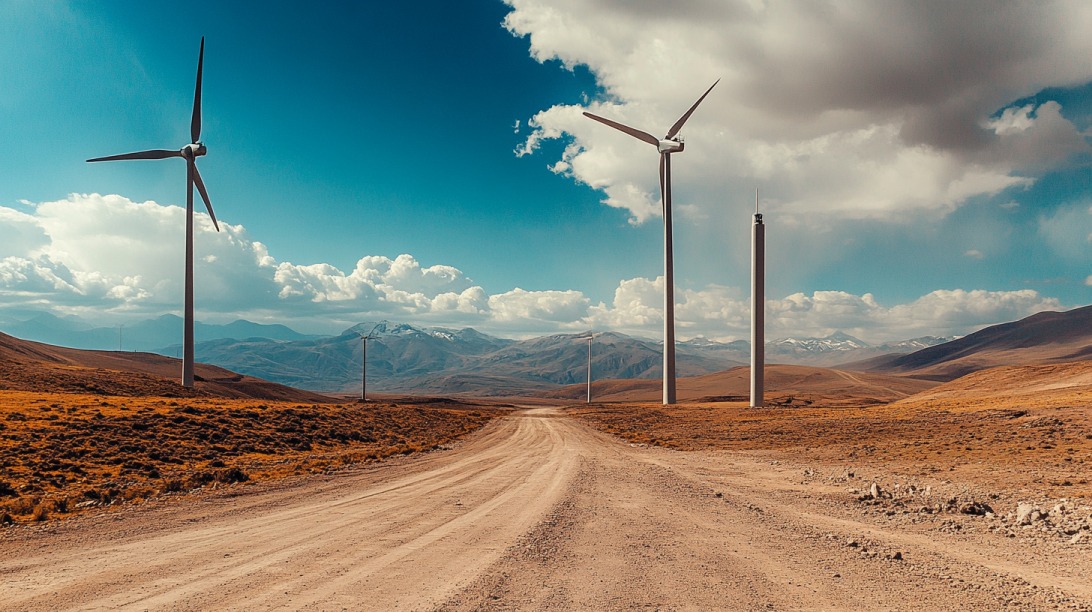
Commercial wind turbines are intricate machines built with purpose-engineered components, each representing a significant slice of the total investment. Understanding how $1 million gets distributed across major turbine systems helps clarify cost centers and investment priorities.
Key components include rotor blades, nacelle systems, towers, foundations, transportation logistics, installation efforts, and grid infrastructure.
Rotor Blades
Rotor blades are often the most expensive component, consuming up to 20 percent of total turbine cost. Their aerodynamic shape, structural strength, and weight balance directly influence energy generation and mechanical stress.
- Estimated cost: $500,000 to $1,000,000+
- Materials used: Fiberglass composites, carbon fiber, steel reinforcements
- Key influences: Global steel prices, resin costs, blade length and width
- Manufacturing process: Precision molding, aerodynamic tuning, high-stress testing
High-efficiency blades are longer, lighter, and more resistant to fatigue, leading to rising design and manufacturing expenses.
Nacelle (Generator, Gearbox, Converter)
Roughly 35 percent of turbine cost is allocated to the nacelle, which functions as the energy conversion hub. It houses mechanical and electrical systems critical for transforming wind into usable power.
Main components: Generator, gearbox, power converter, sensors
Design demands: Vibration resistance, thermal management, high torque tolerance
Estimated cost share: $350,000 of a $1 million allocation
- Generator converts rotational energy to electricity
- Gearbox balances rotor and generator speed
- Converter stabilizes output for grid integration
Each nacelle is engineered to handle high mechanical loads and unpredictable wind patterns without failure.
Tower and Foundation
Structural elevation of the turbine affects both performance and price. Towers elevate rotors to optimal wind speeds, while foundations anchor them against strong gusts and ground shifts.
- Tower cost range: $300,000 to $1,000,000
- Tower height: Typically 80–120 meters for onshore systems
- Materials: Tubular steel, prestressed concrete, hybrid composites
Foundation factors:
- Soil depth and type
- Load-bearing calculations
- Concrete volume and rebar requirements
More rugged terrains and higher towers increase cost due to added structural demands and heavier materials.
Transportation and Installation
Transporting turbine components is a logistical challenge due to blade length and specialized handling needs. Installation requires expert teams, site access, and heavy-duty cranes.
- Transportation cost: $30,000 to $100,000 per turbine
- Installation cost: $100,000 to $150,000 per megawatt
Key cost drivers:
- Blade width and route limitations
- Cranes and rigging equipment
- Site prep such as leveling, gravel roads, and crane platforms
Delays during transport or weather disruptions during installation can also add unforeseen costs.
Grid Connection and Electrical Infrastructure
Grid integration ensures electricity flows seamlessly from a wind turbine to local or regional power systems.
It requires planning, engineering, and physical connections that meet utility requirements.
Electrical infrastructure share: Up to 15 percent of the total project cost
- Substations and step-up transformers
- Underground or overhead cabling
- Supervisory control and data acquisition (SCADA) systems
- Additional needs: Permits, utility coordination, grid compliance testing
Close proximity to transmission lines helps reduce these expenses, while remote locations can increase them due to added cabling and transformer requirements.
Soft Costs and Indirect Expenses
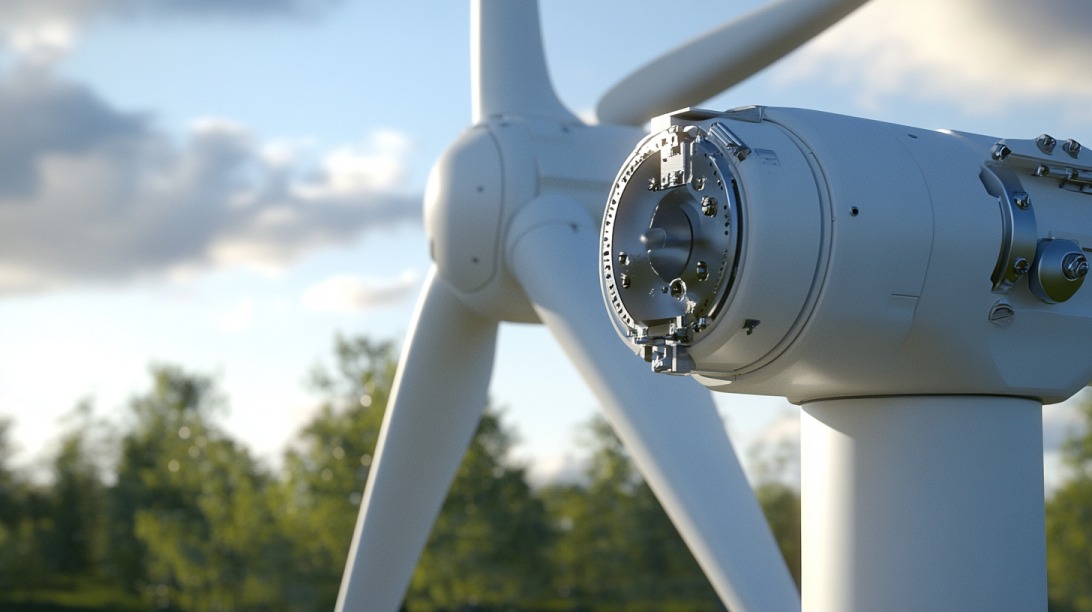
Initial budgets often focus on a wind turbine, towers, and blades, but softer costs in the background can substantially influence overall project economics.
These less-visible expenses can affect timelines, compliance, and long-term viability.
Investors and developers should anticipate the following cost categories, each of which contributes to the broader financial structure of a commercial wind project:
Consulting and Legal
Professional expertise is critical during the early phases of wind energy development. Consultants perform wind assessments, evaluate geological and environmental factors, and ensure the site complies with local regulations.
Legal professionals assist with contracts, permits, and property agreements.
- Wind and environmental feasibility studies
- Legal contract drafting and review
- Permitting support and documentation
- Annual costs typically range from $6,000 to $10,000 during the planning phase

Insurance
Mitigating operational risks begins with the right insurance coverage. Protection against storm damage, mechanical failure, and liability issues ensures financial resilience across the turbine’s lifespan.
- Annual premiums range between $8,000 and $15,000
- Coverage includes property, liability, and mechanical breakdown
- Offshore projects often require broader policies due to environmental conditions
Administrative and Compliance Costs
Operating legally involves a range of regulatory interactions. Permits must be secured, environmental impact assessments submitted, and regular inspections managed. These expenses depend heavily on location and regulatory bodies.
- Filing fees for permits and reports
- Environmental and safety compliance documentation
- Coordination with municipal, state, and federal authorities
- Stakeholder meetings and community presentations may be required
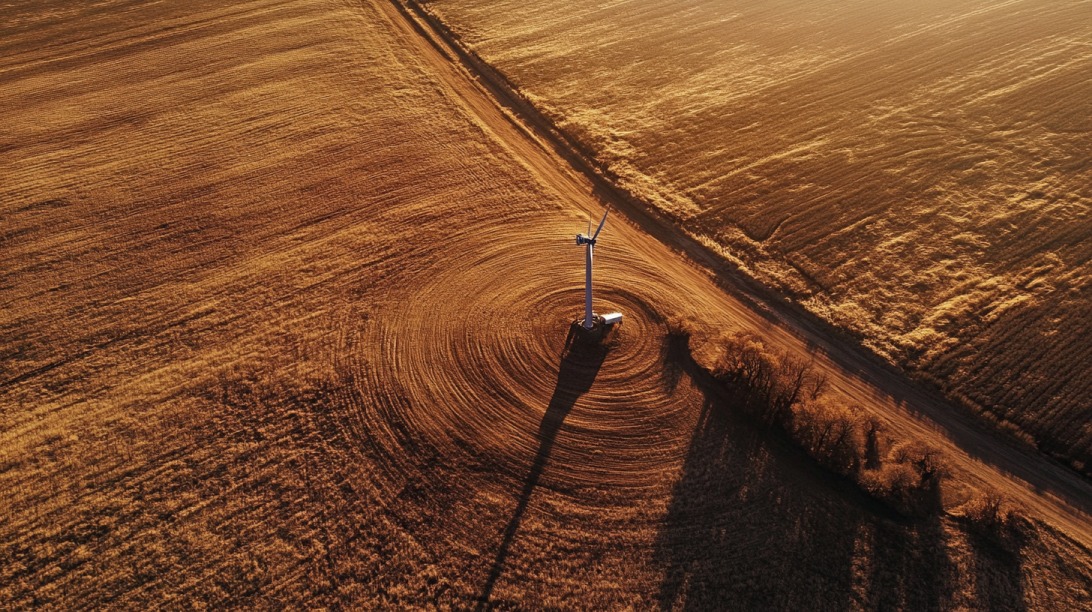
Land and Lease Costs
Most commercial wind farms are built on leased land. Payment terms vary widely depending on regional market conditions, land quality, and project scope. In some cases, landowners receive fixed annual payments, while others negotiate revenue-sharing models.
- Lease payments may be fixed or tied to energy production
- Easement fees may apply for access roads or transmission infrastructure
- Geographic and legal factors shape final lease terms
Operation and Maintenance (O&M) Costs
Annual O&M expenses range from $42,000 to $174,000 depending on turbine size, location, and access. These ongoing obligations protect the asset’s value and prevent long-term performance degradation.
- Routine inspections and diagnostics
- Replacement of spare parts
- Gearbox and drivetrain maintenance
- Lightning protection systems
- Remote monitoring
- Downtime management and repair scheduling
Remote locations and offshore systems incur higher O&M due to travel logistics, weather limitations, and specialized labor.
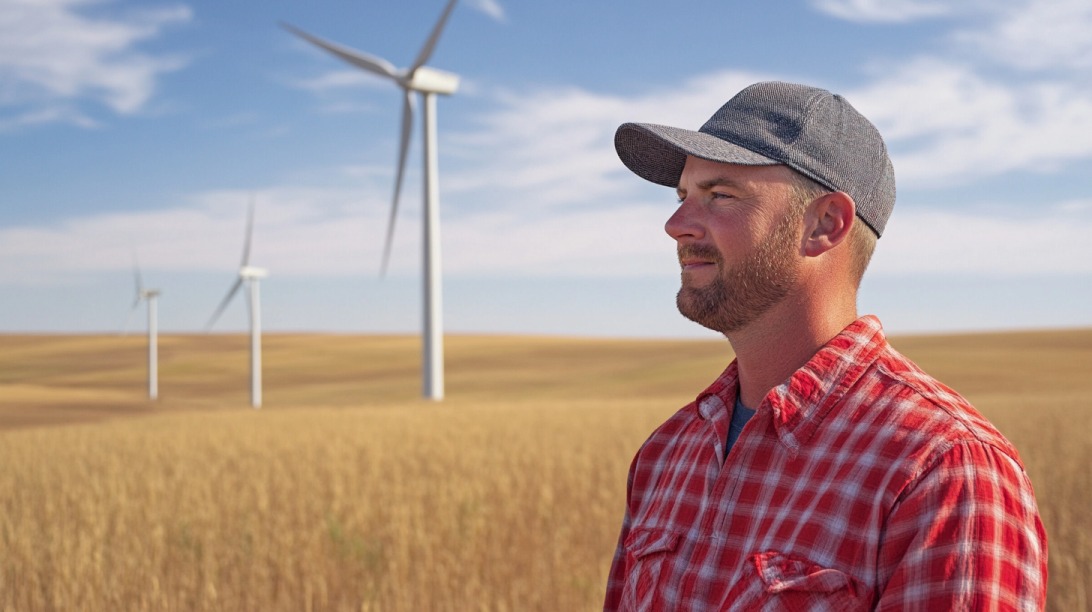
Decommissioning and End-of-Life Costs
End-of-life planning often receives less attention during early budgeting but remains a critical financial responsibility. Dismantling, transporting, and restoring the site must be factored into long-term planning.
Some components, such as steel towers and certain composites, may be recycled. Others, particularly older blade designs, require specialized disposal or repurposing.
Costs also include labor, heavy machinery, hazardous material handling, and land reclamation if required by local authorities.
The Bottom Line
Commercial wind turbine pricing extends far beyond just the rotor and generator. Every component and service, from consulting to decommissioning, shapes the true cost of renewable energy production.
Long-term return on investment depends not only on turbine efficiency but also on smart planning across the entire lifecycle. Accounting for soft costs and future liabilities ensures realistic projections and risk mitigation.
Investors and developers focused on commercial-scale projects should prioritize cost transparency, lifecycle awareness, and strategic location choices to maximize environmental impact and financial performance.

